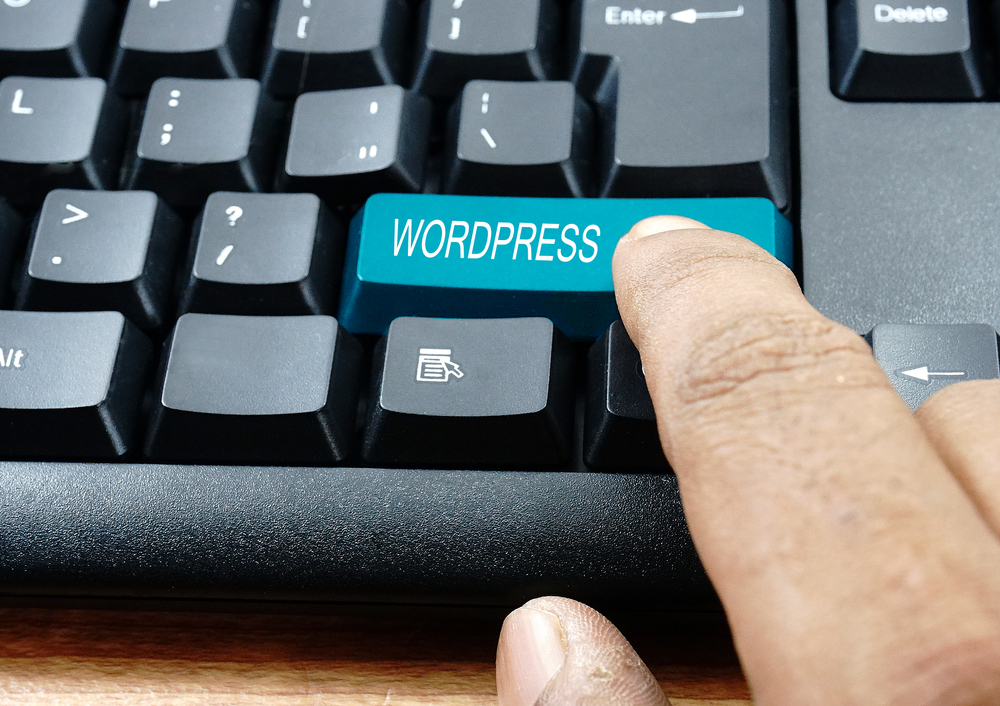
WordPress is by far one of the most popular content management systems (CMS) available today. Its flexibility, user-friendly interface, and large community of developers make it an ideal platform for building and managing websites of all sizes. Whether you're a beginner or an experienced user, there are always new tricks and techniques to discover when it comes to mastering WordPress. In this article, we will explore some effective customization and maintenance tips for taking your WordPress skills to the next level.
Customizing Your WordPress Theme
One of the reasons WordPress (the blogging platform) is so widely used is that it offers countless theme options to choose from, both free and paid. However, to truly make your website stand out, customization is key. Here are some tips:
1. Use Child Themes
When customizing a theme, it's important to use child themes. A child theme is a separate theme that inherits the design and functionality of its parent theme. It allows you to make changes to your website without modifying the original theme files, which makes it easier to update in the future.
To create a child theme, simply create a new folder in your themes directory, and add a style.css file with the appropriate header information referencing the parent theme.
2. Customize CSS
Modifying the CSS of your WordPress theme is an effective way to personalize its appearance. You can target specific elements and change their styling using custom CSS code. To add custom CSS, go to Appearance -> Customize -> Additional CSS.
For example, if you want to change the color of your site's header, you can use the following CSS code:
#site-headerbackground-color: #123456;
3. Make Use of Widgets
Widgets are a great way to add functionality to your website's sidebars, footers, and other widget-ready areas. WordPress comes with several built-in widgets, such as recent posts, categories, and search bars. You can also install additional plugins that offer a wide variety of widgets.
To add widgets to your website, go to Appearance -> Widgets and simply drag the desired widget into the widget area.
Maintaining Your WordPress Website
Keeping your WordPress (the platform for bloggers) website well-maintained is essential for its performance and security. Here are some maintenance tips:
1. Regularly Update WordPress, Themes, and Plugins
WordPress constantly releases updates to improve functionality, security, and performance. It's crucial to keep your WordPress core, themes, and plugins up to date to ensure your website is running smoothly and protected from potential vulnerabilities.
To update WordPress and its components, go to Dashboard -> Updates. Here, you can see if there are any available updates and install them with just a few clicks.
2. Delete Unused Themes and Plugins
Unused themes and plugins can pose a security risk if not properly maintained. It's best to remove any themes and plugins that you're not actively using. This reduces the attack surface of your website and ensures that only trusted and updated themes and plugins are present.
To delete themes and plugins, go to Appearance -> Themes or Plugins respectively, select the ones you want to remove, and click on the delete option.
3. Optimize Your Database
Over time, your WordPress (WP) database can accumulate unnecessary data that can slow down your website. Regularly optimizing your database can improve performance and also reduce the size of your backups.
There are several plugins available, such as WP-Optimize and WP Sweep, that can help you optimize your database with just a few clicks.
Frequently Asked Questions
1. How can I backup my WordPress website?
There are several ways to backup your WordPress (or WP) website. The easiest method is to use a plugin, such as UpdraftPlus or Jetpack, to schedule automatic backups and store them securely in the cloud. You can also backup your website manually by downloading files via FTP and exporting your database using phpMyAdmin.
2. How do I change my WordPress website's permalink structure?
To change your permalink structure, go to Settings -> Permalinks. Here, you can choose from several common settings or create a custom structure using tags such as %postname% to include the page or post title in the URL. Remember to save your changes once you've made them.
3. What are WordPress plugins and how do I install them?
WordPress plugins are extensions that add functionality to your website. To install a plugin, go to Plugins -> Add New. Here, you can search for plugins by name or functionality. Once you've found the desired plugin, simply click "Install Now" and then "Activate" to enable it on your website.
4. How can I improve my WordPress website's performance?
To improve your WordPress website's performance, you can take several steps. These include optimizing images by compressing them, using a caching plugin to generate static HTML files, minimizing the use of external scripts and stylesheets, and choosing a reliable hosting provider.
5. Can I use WordPress to create an e-commerce website?
Absolutely! WordPress offers several plugins, such as WooCommerce, that allow you to easily transform your website into an e-commerce platform. With these plugins, you can manage inventory, accept payments, and create an online store tailored to your specific needs.
Mastering WordPress requires continuous learning and experimenting. By applying effective customization and maintenance tips, you can elevate your WordPress skills and create impressive websites that stand out from the rest. Remember to always keep your website updated, secure, and optimized for optimal performance.
Other useful resources
- https://www.wordpress24plus.com/topics/wordpress-tips-and-tricks/
- https://www.wordpress24plus.com/wordpress-tools-directory/wordpress-themes/
- https://www.wordpress24plus.com
- https://en.wikipedia.org/wiki/WordPress